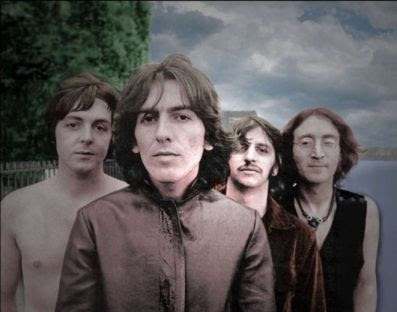On Keith Moon
"I'm the best Keith Moon style drummer in the world." - Keith Moon
Godwin’s Law-“As an online discussion grows longer, the probability of a comparison involving Nazis or Hitler approaches 1.”
Moonie’s Law-“As an online discussion about The Who grows longer, the probability that an argument about Keith Moon’s position as the greatest drummer of all time approaches 1.”
Literary critic and world class finger drummer James Wood has written a wonderful piece on the immortal Who skin basher Keith Moon in the this week’s issue of The New Yorker (sub required).
Here is the best quote from it:
I believe the moment Wood is referring to begins when Daltrey sings "And if I swallow anything evil/put your finger down my throat."
Best comment: "Keith Moon plays so good it appears hes not even moving in the video."
***
Godwin’s Law-“As an online discussion grows longer, the probability of a comparison involving Nazis or Hitler approaches 1.”
Moonie’s Law-“As an online discussion about The Who grows longer, the probability that an argument about Keith Moon’s position as the greatest drummer of all time approaches 1.”
***
Literary critic and world class finger drummer James Wood has written a wonderful piece on the immortal Who skin basher Keith Moon in the this week’s issue of The New Yorker (sub required).
Here is the best quote from it:
"On...'Behind Blue Eyes,' you can hear him do something that was instinctive, probably, but which is hardly ever done in ordinary rock drumming: breaking for a fill, Moon fails to stop at the obvious end of the musical phrase and continues with his rolling break, over the line and into the start of the next phrase. In poetry, this failure to stop at the end of the line, this challenge to metrical closure, this desire to get more in, is called enjambment. Moon is the drummer of enjambment."
I believe the moment Wood is referring to begins when Daltrey sings "And if I swallow anything evil/put your finger down my throat."
Best comment: "Keith Moon plays so good it appears hes not even moving in the video."










